IMSML Website Article 22/2023: Resolution MSC.263(84)/Rev.1 – Performance Standards and Functional Requirements for The Long-Range Identification and Tracking of Ships, Part 5 of 10 - Paragraphs 8 & 9, National, Regional and Cooperative LRIT Data Centres, and International LRIT Data Centre
This article is Part 5 (of an articles series of 10 Parts) on MSC.263(84)/Rev.1. The focus of Part 5 is on Paragraphs 8 and 9 of the Performance Standards and Functional Requirements for The Long-Range Identification and Tracking of Ships which deal specifically with firstly, National, Regional and Cooperative LRIT Data Centres, and secondly, the International LRIT Data Centre.
Paragraph 8 - National, Regional and Cooperative LRIT Data Centre
Paragraph 8.1 open with the right of a Contracting Government to establish a National LRIT Data Centre. Upon doing so, the Contracting Government should provide relevant details too IMO. After that, any information connected to it have to be updated without undue delay whenever changes occur.
Paragraph 8.2 then moves on to a group of Contracting Governments. This provision authorises the establishment of either a Regional or a Cooperative LRIT Data Centre, provided all the parties can come to an agreement. Details of this body should be provided to IMO. If there are any changes, updated information should be provided to IMO without undue delay.
Note that pursuant to Paragraph 8.3, such centres may provide services to Contracting Governments to those states that were not founding members of the regional or cooperative bodies. These arrangements between the LRIT Data Cnetre and the Contracting Government requesting the provision of the services, should be agreed between the parties, see Paragraph 8.3.1. If there are any changes, the information should be transmitted to IMO without undue delay, see Paragraph 8.3.2.
National, Regional and Cooperative LRIT Data Centres may also serve as a national, regional or cooperative vessel monitoring system (VMS). When functioning as VMS there could be transmission from ships of additional information, at different intervals or information from ships which are not required to transmit LRIT information. There is the freedom for the VMS to perform other functions, see Paragraph 8.4. If additional information from ships is collected, there should only be transmission of the required LRIT Information to the other LRIT Data Centres through the LRIT Data Exchange, see Paragraph 8.4.1.
Paragraph 9 - The International LRIT Data Centre
Paragraph 9.1 provides for the setting up of an International LRIT Data Centre. A coordination Committee can oversee its establishment even where those interested are not participating in a National, Regional or Cooperative LRIT Data Centre, see Paragraph 9.2. Ships should transmit the required LRIT Information to the International LRIT Data Centre, see Paragraph 9.3.
Upon request, an International LRIT Data Centre may collect information from ships entitled to fly the flag of an Administration, ie IMO Contracting State, see Paragraph 9.4. The technical specification of the International LRIT Data Centre should be in compliance with the Long-range identification and tracking system - Technical documentation (Part 1) (MSC.1/Circ.1259, as revised), see Paragraph 9.5.
Thank you for reading IMSML Website Article 22/2023
Stay tuned for the next IMSML Website Article 23/2023: Resolution MSC.263(84)/Rev.1 – Performance Standards and Functional Requirements for The Long-Range Identification and Tracking of Ships, Part 6 of 10 - Paragraph 10, International LRIT Data Exchange
Signing-off for today,
Dr Irwin Ooi Ui Joo, LL.B(Hons.)(Glamorgan); LL.M (Cardiff); Ph.D (Cardiff); CMILT
Professor of Maritime and Transport Law
Head of the Centre for Advocacy and Dispute Resolution
Faculty of Law
Universiti Teknologi MARA Shah Alam
Selangor, Malaysia
Monday, 25 September 2023
Note that I am the corresponding author for the IMSML Website Articles. My official email address is: uijoo310@uitm.edu.my
